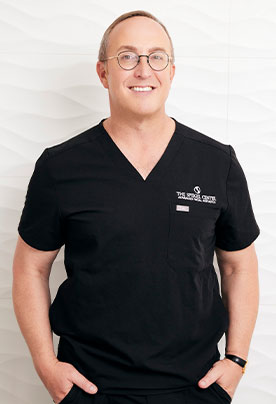
Technological advancements in the medical field are coming more and more frequently, and many of these innovations have useful applications in the world of plastic surgery. New technology allows patients to enjoy less invasive procedures and spend less time recovering from their surgery.
Get a Preview of your Surgery
Canfield has produced an exciting new line of equipment that offer patients a preview of what they will look like when the surgery is over. Called the Vectra, they have models ranging in size from handheld devices that resemble a high-end digital camera to a full-body imaging machine that can accommodate even the tallest individuals. The machines work by taking 3D images of patients, either of their entire body or just a portion, and measuring key distances between points. These measurements, with some input from the doctor, will tell the machine how to make the body look post-surgery. You can overlay the new image over your current body to get an even clearer idea of how things will change.
Old Technology, New Applications
Some pieces of medical technology that are already well-known to the public are finding new uses in the field of plastic surgery. One excellent example of this is the endoscope. Essentially a small camera on a stick, it is usually seen as something that is used to check out someone’s digestive tract. It is also being used by plastic surgeons to perform brow and face lifts. These endoscopes are equipped with tiny surgical tools that they can use to cut or grasp things while inside the patient. The surgeon will view a television to see what the endoscope sees and use that to guide its movements and actions. The benefit of using an endoscope for a face or brow lift is smaller incisions, although you will still have a recovery period after the surgery.
Replacing Old Techniques
Some forms of technology are beginning to replace old plastic surgery techniques. This can be seen in the case of dermabrasion and carbon dioxide lasers. Dermabrasion is the removal of existing skin to encourage the growth of new, smoother skin underneath. It’s often done for small facial wrinkles around the eyes and mouth. Now lasers can be used to remove the same unattractive tissue without the same amount of tissue destruction. You can have one section of your face done in about 30-45 minutes and have your whole face treated in about two hours. It’s an outpatient procedure, so you’ll be able to go home once the surgery is over to your family and loved ones.
New technology has made the process of surgery easier and more comfortable for patients. One can only imagine the technological advancements that will come to the field of plastic surgery in the next decade or so. With technological progress coming faster and faster these days, it’s possible that the plastic surgeries of tomorrow will barely resemble what we are doing today.





